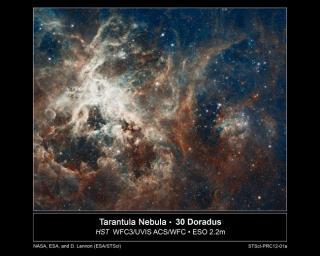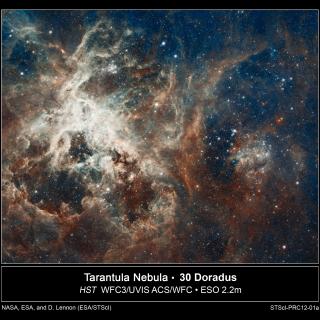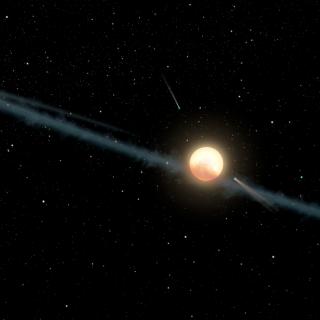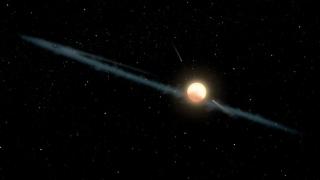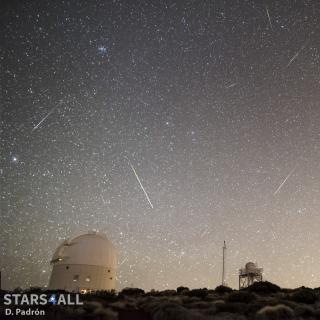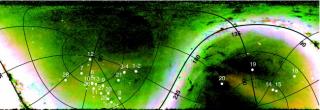
An international team of astronomers led by Giuseppina Battaglia, researcher at the Instituto de Astrofísica de Canarias (IAC), finds signs that the outer halo of the Milky Way contains stellar remains of massive dwarf galaxies that were devoured by our own.
Advertised on
